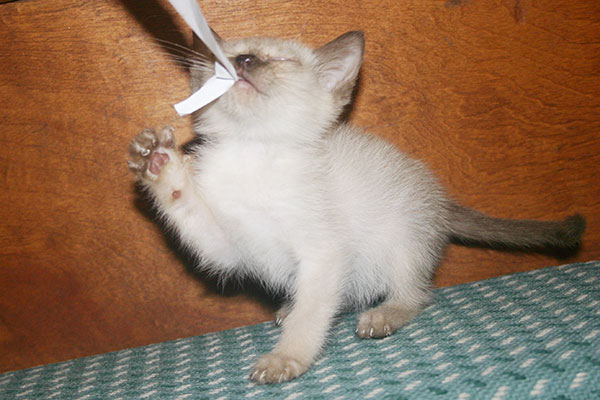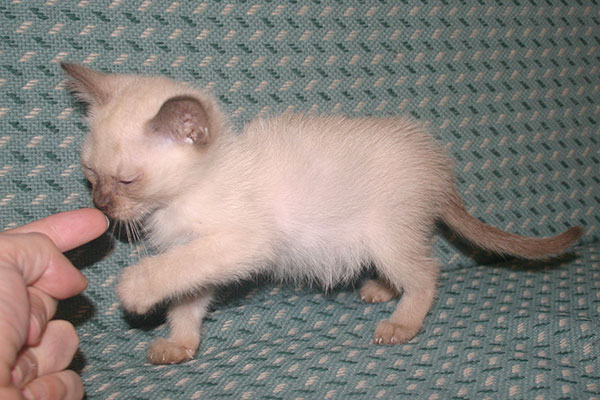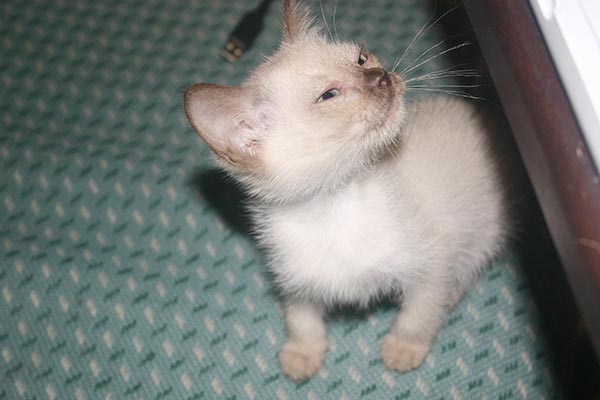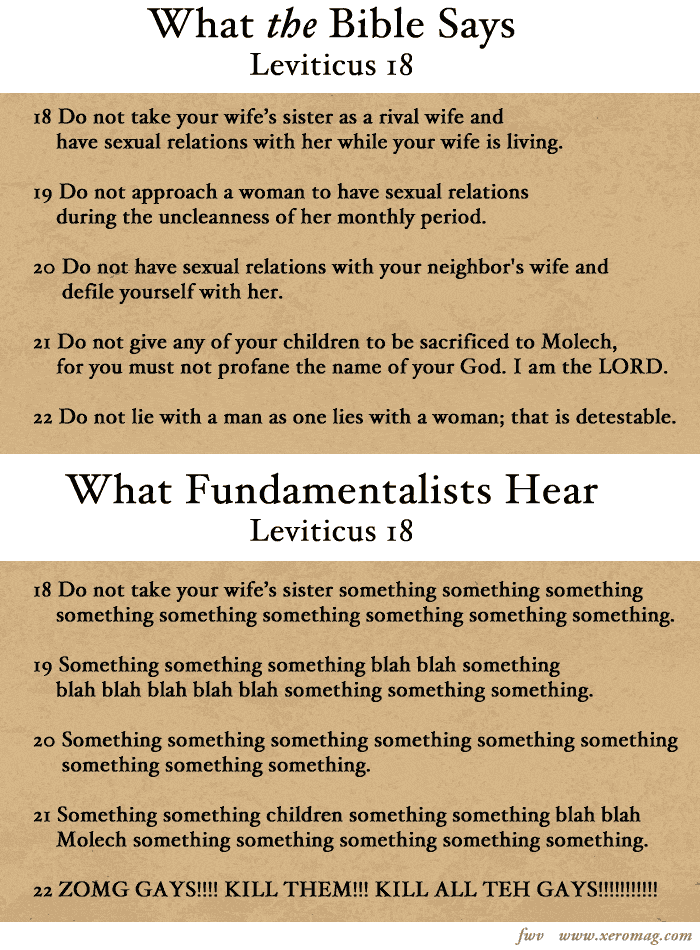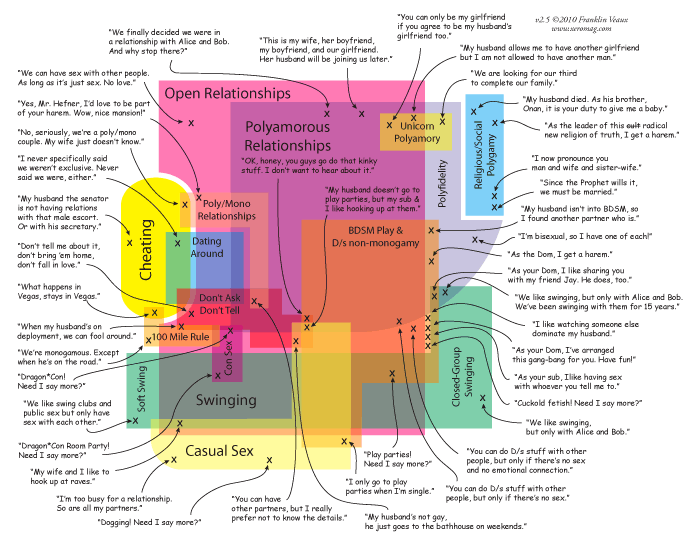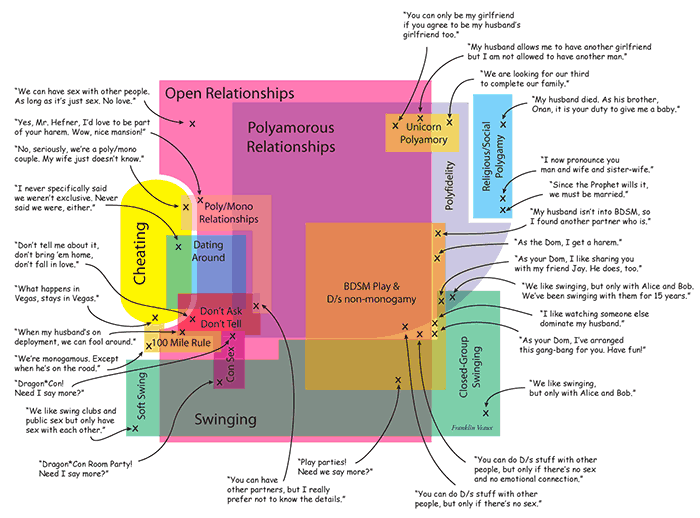zaiah calls kittens “little sparks of joy.”
Before I met her, I’d always pretty much thought that a cat was a cat was a cat. I love cats, of course, and I’ve always lived with cats, but I pretty much thought that house cats were very similar to each other. Some are more friendly, some are more surly, but that’s about it.
Her family raises tonkinese show cats, a breed I’d never heard of ’til we started dating. Tonkinese are what happens if you take an ordinary breed of house cat and you install “friendliness” and “joy” dials that go to 11. A middle-of-the-road Tonkinese thinks that you, as a person, are absolutely the most amazing and splendid thing that has ever happen in an amazing and splendid world; particularly friendly tonks are even more affectionate than that.
We often havetonk kittens going through our home. Her family breeds them, then they come to stay with us for a few weeks until they are sent away to whatever family adopts them. For the last several weeks, we have had a small litter of kittens, who went home last week.
Two of the litter arrived with FIP, a corona virus infection that’s often lethal to kittens. We did everything we could to help them survive. One of the kittens made it. One of them didn’t.
For a couple of weeks, the kittens seemed to be improving. They were happy and affectionate and enthusiastic about life; the little girl in the litter never seemed to quite shake her head cold, though. I woke up one morning to find her lying in her carrier, struggling for breath. I took her out and discovered she was very cold. I help her and stroked her for a couple of hours; she nuzzled into my arm, and even purred a bit. Then, suddenly, just like that, she was gone.
I have never really had to deal with death close-up before. I was, and still am, surprised by how much it hurt. zaiah and I buried her a day later. Even when I went inside to get her body, there was still a part of me that expected to find that I’d made some sort of profoundly stupid mistake and that I’d find her playing behind the desk and looking for something to eat, not wrapped up lifeless in a warm towel.
Goodbye, little spark of joy. I didn’t get to know you nearly long enough.
